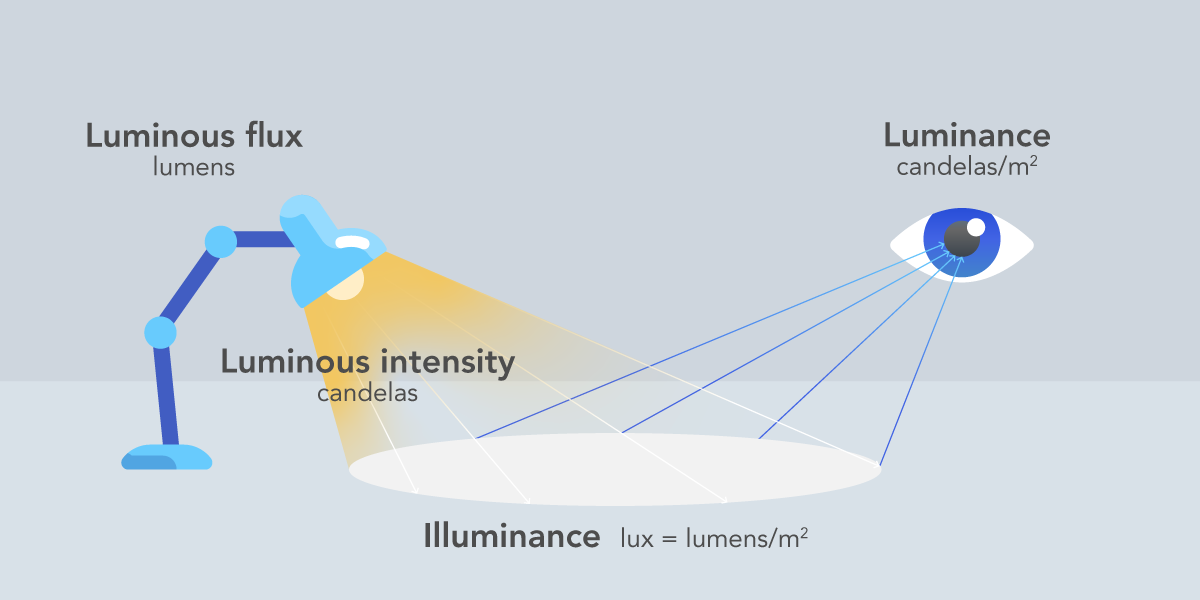
When it comes to the appearance of color, you cannot underestimate the importance of lighting. Yet, lighting can be confusing, as much of the terminology sounds similar but has vastly different meanings. For example, two of the most widely used terms — luminance and illuminance — can be easily misunderstood and mixed up. Since lighting is an essential component of color, we’ll discuss luminance vs. illuminance below.
What Is Luminance?
The definition of luminance is the amount of light emitted, passing through, or reflected from a surface. Think of a lamp shining in a dark room — luminance would describe the amount of light passing through the lightbulb.
The meaning of luminance is often used interchangeably with the term brightness. However, when it comes to luminance vs. brightness, these descriptions are not interchangeable. Luminance is a quantifiable, measurable characteristic. Meanwhile, brightness cannot be objectively measured — it can only be perceived. We recognize that a light source is bright or dim, making brightness the visual sensation by which we become aware of differences in luminance.
We measure the luminance to account for the human eye's sensitivity to different wavelengths of light. We can then provide a measurement that correlates with human perception of brightness.
When it comes to color decisions for your business, luminance can also describe a certain color’s perceived brightness. Fields that often use luminance measurements include electronics sectors responsible for designing display technology such as screens and digital signage. The automotive industry also uses it for lighting and road safety purposes. Generally, products that need to be created for the comfort and safety of human vision will ensure luminance measurements are within the necessary guideline parameters.



